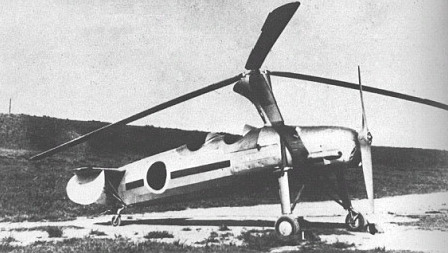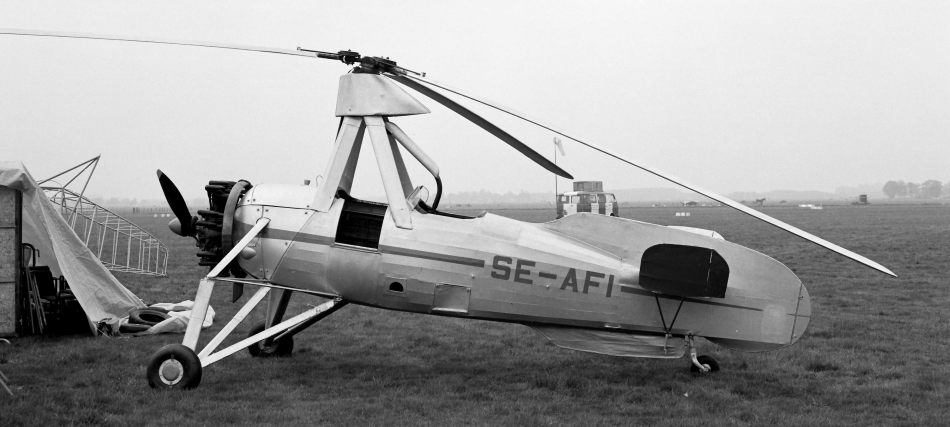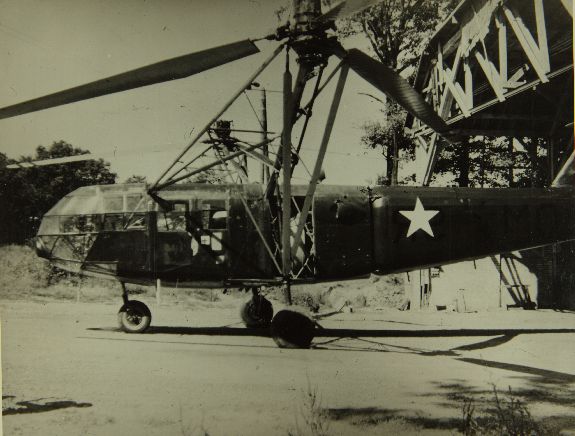
- For PC
- For MAC
- For Linux
- OS: Windows 10 (64 bit)
- Processor: Dual-Core 2.2 GHz
- Memory: 4GB
- Video Card: DirectX 11 level video card: AMD Radeon 77XX / NVIDIA GeForce GTX 660. The minimum supported resolution for the game is 720p.
- Network: Broadband Internet connection
- Hard Drive: 23.1 GB (Minimal client)
- OS: Windows 10/11 (64 bit)
- Processor: Intel Core i5 or Ryzen 5 3600 and better
- Memory: 16 GB and more
- Video Card: DirectX 11 level video card or higher and drivers: Nvidia GeForce 1060 and higher, Radeon RX 570 and higher
- Network: Broadband Internet connection
- Hard Drive: 75.9 GB (Full client)
- OS: Mac OS Big Sur 11.0 or newer
- Processor: Core i5, minimum 2.2GHz (Intel Xeon is not supported)
- Memory: 6 GB
- Video Card: Intel Iris Pro 5200 (Mac), or analog from AMD/Nvidia for Mac. Minimum supported resolution for the game is 720p with Metal support.
- Network: Broadband Internet connection
- Hard Drive: 22.1 GB (Minimal client)
- OS: Mac OS Big Sur 11.0 or newer
- Processor: Core i7 (Intel Xeon is not supported)
- Memory: 8 GB
- Video Card: Radeon Vega II or higher with Metal support.
- Network: Broadband Internet connection
- Hard Drive: 62.2 GB (Full client)
- OS: Most modern 64bit Linux distributions
- Processor: Dual-Core 2.4 GHz
- Memory: 4 GB
- Video Card: NVIDIA 660 with latest proprietary drivers (not older than 6 months) / similar AMD with latest proprietary drivers (not older than 6 months; the minimum supported resolution for the game is 720p) with Vulkan support.
- Network: Broadband Internet connection
- Hard Drive: 22.1 GB (Minimal client)
- OS: Ubuntu 20.04 64bit
- Processor: Intel Core i7
- Memory: 16 GB
- Video Card: NVIDIA 1060 with latest proprietary drivers (not older than 6 months) / similar AMD (Radeon RX 570) with latest proprietary drivers (not older than 6 months) with Vulkan support.
- Network: Broadband Internet connection
- Hard Drive: 62.2 GB (Full client)
One of the Pioneering Rotary Wing Aircraft, The Cierva C.30
The 1930s and 1940s saw the creation of many weird and wonderful aircraft designs that under normal circumstances, may never have seen the light of day. The idea of vertical flight and rotary wings was not new by this time, however it had not been successfully operated by any air force.
 |
|
Japan also had autogyros of their own |
During the 1930s, one of the best known designs was the Cierva C.30 by Spanish Engineer Juan De La Cierva, one of the pioneers of the Autogiro. The design first flew in 1933 and was demonstrated to the British at Farnborough. Avro obtained the licence to build their own version, later known in RAF service as the Avro 671. Between 1934 and 1935, 12 units where delivered to the School of Army Co-Operation at RAF Old Sarum.
Britain was not the only nation interested in the C.30 design. Germany also obtained the licence to produce the C.30 with the Focke-Wulf company. Professor Heinrich Focke was very interested in the concept and believed that the limitations of the autogyro could only be eliminated via the means of powered vertical flight. Heinrich and Gerd Achgelis both worked on a design that would be known as the Focke-Wulf 61. With an airframe derived from the Focke-Wulf 44 Stieglitz and a single radial engine to drive the two rotors, the design took to the skies for the first time on the 26th June 1936. The Fw 61 was famously shown off to the world in 1938 at the Berlin Olympiastadion flown by Hanna Reitsch.
|
Focke-Achgelis Fa 223 of the Luftwaffe |
Imported from America as late as 1939, Japan received a Kellett KD-1 autogyro. The Imperial Japanese Army needed something capable of artillery spotting and anti-submarine roles. The IJA tasked Kayaba with designing and producing a Japanese version of the aircraft. The prototype of the Ka-1 was little more than a modified KD-1. In total, only 98 Ka-1s and Ka-2s were completed. First flown in May of 1941, the Kayaba design saw much more service than its early German counterpart. While not responsible for directly sinking any submarines, it was well regarded for providing assistance.
|
The British Avro 671 Rota Mk 1 based |
The first true Helicopter design was again the brainchild of Focke and Achgelis. The Focke-Achgelis Fa 223 relied on two powered rotors to achieve vertical lift. Powered by a Bramo 323 radial engine, the design that first flew on August 3rd 1940 set numerous performance records greater than any other rotary-wing design. Able to reach 182 km/h and climb 528 meters per minute, the design was an immediate success.
Serial production of the Fa 223, know as the “Drache” or “Dragon”, began in 1942. By this point into WW2, Germany had been the target of major Allied bombing raids. The prototypes were lost and production severely hampered. Only twenty Fa 223s were created, too little to have a major impact on the war. Despite this, the Drache did see service. Initially, the aircraft chosen to rescue Benito Mussolini from captivity was the Fa 223, however due to a mechanical failure, the Fieseler Storch was chosen instead. The Fa 223 was later used as a munitions transport and for recovering downed aircraft in hard to reach places.
Whilst not as important or useful as fixed-wing aircraft in the WW2, rotorcraft designs did play their part. Soon the helicopter design pioneered in service by the Fa 223 would improve and evolve into a crucial part of airborne warfare and become every bit as important as fixed-wing designs.
Scott “Smin1080p” Maynard






